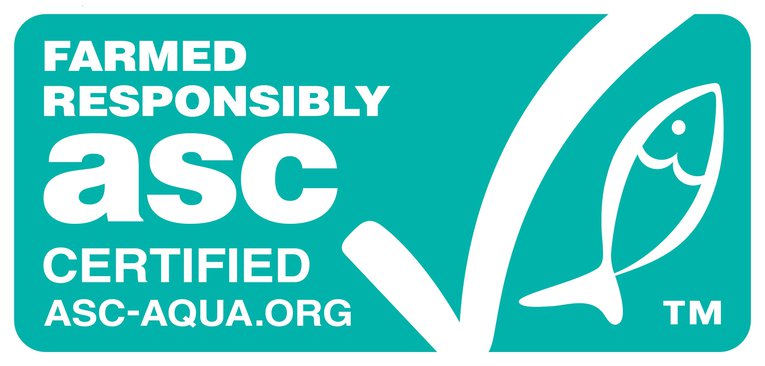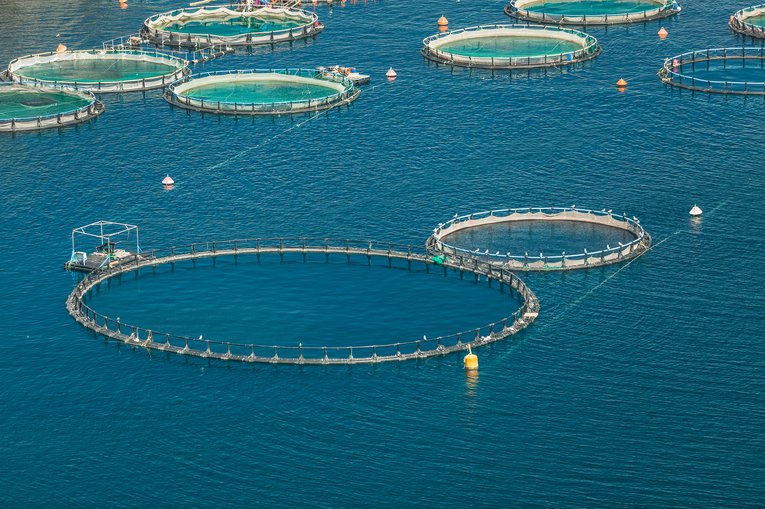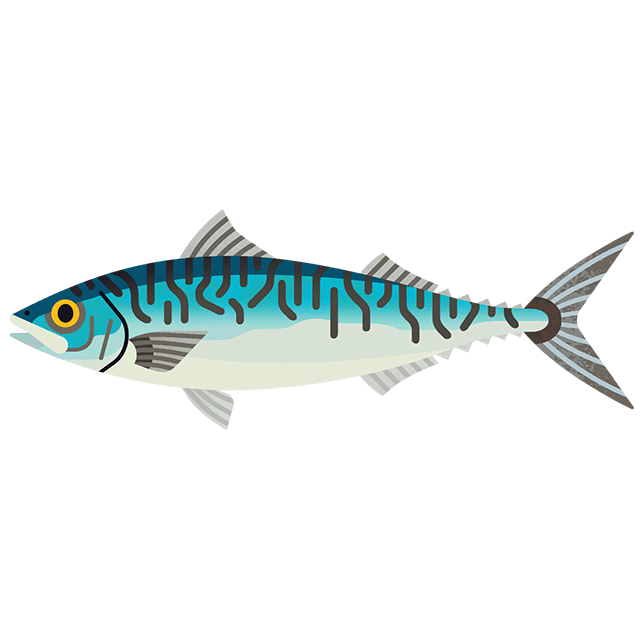
New environmental standards set for farmed fish feed
Did you know that one of the biggest environmental impacts of farmed seafood is not actually from the farm itself?
It’s from the production of the feed that the farmed fish eat! But a new standard has just been announced that will consider the environmental and social impacts of fish feed production.
The Aquaculture Stewardship Council (ASC) has announced a new standard for its farmed seafood certification programme. The new standard for ASC certified feed mills will come into action from autumn 2022.
The Marine Conservation Society has been key in the development of this new standard, with almost a decade of work contributing to the new criteria for certification. Both the environmental and social impacts of producing fish feed will be taken into account.
Dawn Purchase, Aquaculture Programme Manager, at the Marine Conservation Society said: "I am delighted to see the launch of the ASC Feed Mill Standard. It is the result of many hours of work by a range of experts looking for solutions to global feed challenges."

So what do farmed fish eat?
Fish feed has traditionally included marine ingredients in the form of fishmeal and fish oil made from smaller fish, however, as demand for these ingredients has increased due to aquaculture growth, it is now more common for up to 75% of feed to be made from plant-based ingredients such as soy, wheat and rice.
The new ASC feed mill standard takes into consideration the environmental impacts of plant-based ingredients. Certified farms will have to show that feed has been sourced in an environmentally responsible way, avoiding negative impacts of agriculture such as deforestation and land conversion.
Ingredients sourced from wild fisheries still play a part in aquaculture diets, and ASC standards ensure these ingredients are also sourced responsibly.
ASC is aiming for the majority of marine ingredients to be from fisheries certified by the Marine Stewardship Council (MSC). However, the organisation has acknowledged that more work will be needed in this area.
What does this mean?
The new standard will set the bar high for all ASC certified aquaculture species and will hopefully encourage other standard holders to raise their own bar too. ASC certify nearly 2 million tonnes of seafood a year and this new standard when in force, will ensure higher environmental standards of feed production will be met.
The updated standard also provides the opportunity for data gathering to inform future developments. ASC certified farms must record and report their energy use and greenhouse gas emissions; and work to improve energy efficiency, increase their use of renewables, and water usage. This encourages developments in these areas, which in future will hopefully lessen the environmental impacts of the farms further.
The new standard also stipulates social conditions for the production of the feed. Ensuring no forced or child labour is used and that staff are paid and treated fairly. Feed mills must also be responsible neighbours, communicating proactively with their local communities.

Credit: Pasta Design via Shutterstock
The future of aquaculture food
In future, the Marine Conservation Society would like to see the inclusion for the responsible sourcing of alternative feed ingredients in all certification standards, such as insects, algae and bacterial proteins. These emerging ingredients hold real promise for the future of responsible aquaculture and could help achieve climate smart, sustainable development and circular economy goals. We are working on a report exploring these ingredients in more detail.
Check our Good Fish Guide for all the latest ratings and information on the seafood you are choosing. Our farmed seafood ratings are based on the sourcing and use of fish feed, wider environmental impacts of production, fish welfare and aquaculture regulation and management.



